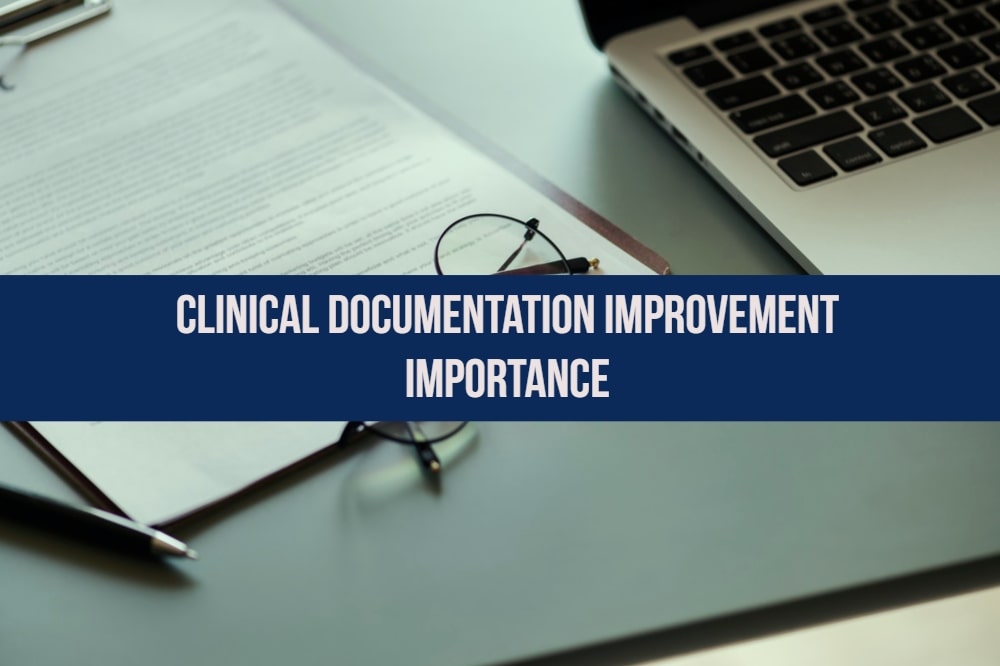Starting August 1, 2016, the penalties under the False Claims Act (FCA) along with the Anti-Kickback Act, The Program Fraud Civil Remedies Act and a host of other Acts have nearly doubled to a minimum of $ 10,781 and a maximum of $ 21,563. A result of the interim final rule issued by the Department of Justice, the increase will affect all those conducting any business with the federal government. For healthcare providers this increases the risk manifold with the numbers of claims submitted for reimbursement.
Why the increase?
Mandated by the Bipartisan Budget Act of 2015, this increase is due to the section entitled the Federal Civil Penalties Inflation Adjustment Act of 2015. Under this section, federal agencies were directed to update the civil monetary penalties through an interim final rule before July 1, 2016. Amending the Federal Civil Penalties Inflation Adjustment Act of 1990, which is incorporated into the text of the FCA; the Federal Civil Penalties Inflation Adjustment Act of 2015 enacted a ‘catch-up adjustment.’ Although not unexpected, the “catch-up adjustment’ increases the Government’s leverage while negotiating FCA settlements.
How is the increase calculated?
The ‘catch-up adjustment’ allows civil monetary penalties to be adjusted based on the difference between the Consumer Price Index (CPI) in October 2015 and the CPI in October of the year of which they were established or October of the year when they were last adjusted. Agencies are required to make additional adjustments annually from now on.
The last time that the Department of Justice (DOJ) raised civil monetary penalties under the FCA was in August 1999. In keeping with the provision of a maximum increase of 10% under the Debt Collection Improvement Act of 1996, the DOJ had then increased the minimum penalty to $5,500 from $5,000 and the maximum penalty to $11,000 from $10,000.
In the first week of May, the Railways Retirement Board (RRB) published the increase through their interim final rule which turned out to be more than expected. Since the Adjustment Act of 2015 repealed the 1996 Act, the RRB disregarded its penalty adjustment that was made under the 1996 Act and took the figures from the adjustment made in 1986. The penalties in 1986 stood at $5,000 and $10,000 for minimum and maximum respectively. The additional time between 1996 and 1986 affected the CPI multiplier, resulting in a more than 215% CPI increase between 1986 and 2015.
Thus, the penalties calculated are as follows:
Minimum: $5,000 x 2.15628 = $10,781
Maximum: $10,000 x 2.15628 = $21,563
From when do the penalties apply?
Any violation that has occurred after November 2, 2015, but has not been either assessed or resolved till 31 July, 2016, will be subject to the new per-claim penalty.
What defines a false claim?
According to the False Claims Act, a claim is a demand for money or property made directly to the Federal Government or to a contractor, grantee, or other recipient if the money is to spent on the government’s behalf and if the Federal Government provides any of the money demanded or if the Federal Government will reimburse the contractor or grantee.
However, a person does not violate the False Claims Act by submitting a false claim to the government; to violate the FCA a person must have submitted, or caused the submission of, the false claim (or made a false statement or record) with knowledge of the falsity. In § 3729(b)(1), knowledge of false information is defined as being (1) actual knowledge, (2) deliberate ignorance of the truth or falsity of the information, or (3) reckless disregard of the truth or falsity of the information.
The Supreme Court accepted the “implied false certification” theory as a basis for liability under the False Claims Act (the “FCA”), while hearing the Universal Health Services, Inc. v. United Sates ex rel. Escobar case. The Court held, however, that the theory only applies where a defendant’s misrepresentation is material to the federal government’s payment decision.
How can healthcare providers protect themselves?
The False Claim Act is a federal law that makes it a crime for any person or organization to knowingly make a false record or file a false claim regarding any federal health care program, which includes any plan or program that provides health benefits, whether directly, through insurance or otherwise, which is funded directly, in whole or in part, by the United States Government or any state healthcare system. Knowingly includes having actual knowledge that a claim is false or acting with “reckless disregard” as to whether a claim is false.
Examples of false claims include billing for services not provided, billing for the same service more than once or making false statements to obtain payment for services.
In order to prevent persecution under the False Claim Act, it is necessary that your documentation and claims are complete and correct. With over two decades of experience in the healthcare revenue cycle management domain, MedConverge ensures that their client’s documentation and claims are in perfect order, thus not only taking the burden off the client’s shoulder, but also ensuring that they do not end up with any false claims.



